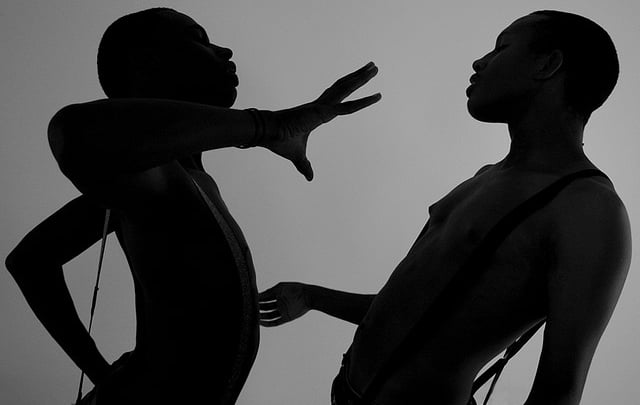If you think you can judge whether a person has just hit the jackpot in the lottery or lost everything in the stock market by examining their facial expressions – think again.
Researchers at the Hebrew University of Jerusalem, in partnership with Princeton University and New York University have discovered that, despite what leading theoretical models and conventional wisdom might indicate, facial expressions are a poor representation of reality.
Instead, they found that body language provides better clues when trying to discover whether a person has undergone strong positive or negative experiences.
Related articles
- Israeli Researchers Track Post-Traumatic Stress In The Brain
- Can’t Quit? Smoking Less Will Also Improve Your Health
In a study published in the journal “Science”, the researchers show that viewers in test groups were confused when shown facial photographs of people who were undergoing real-life, highly intense positive and negative experiences. When the viewers were asked to judge the emotional “positivity” or “negativity” of the faces they were shown, their guesses fell within the realm of chance.
The photos presented to test groups were of dozens of highly intense facial expressions in a variety of real-life emotional situations. For example, to test their hypothesis, the researchers used photographs of tennis players: “We first used peak expressive reactions to winning and losing points in professional high-stakes tennis matches that typically evoke strong affective reactions.” These pictures are ideal, the researchers say, because the stakes in these sports games are extremely high from an economic and esteem perspective.
Face it: It’s body language
To pinpoint how people identify such images, lead researcher Dr. Hillel Aviezer of the Psychology Department of the Hebrew University showed different versions of the pictures to three groups of participants: the full picture with face and body; the body with the face removed; and the face with the body removed. Remarkably, participants could easily tell apart the losers from winners when they rated the full picture or the body alone, but they only “guessed” and were led by chance when rating the face alone.
Ironically, the participants who viewed the full image (face and body) were convinced that it was the face that revealed the emotional impact, not the body. The authors named this effect “illusory valence”, reflecting the fact that participants said they saw clear valence (that is, either positive or negative emotion) in what was objectively a non-diagnostic face.
Sign up for our free weekly newsletter
SubscribeIn an additional study, Aviezer and his collaborators asked viewers to examine a more broad range of real-life intense facial expressions. These included intense positive situations, such as joy (seeing one’s house after a lavish makeover), pleasure (experiencing an orgasm), and victory (winning a critical tennis point), as well as negative situations, such as grief (reacting at a funeral), pain (undergoing a nipple or naval piercing), and defeat (losing a critical tennis point).
Again, viewers were unable to tell apart the emotions of the faces in positive versus negative situations. To further demonstrate how ambiguous these intense facial expressions are, the researchers “planted” faces on bodies expressing positive or negative emotion. Sure enough, the emotional positivity or negativity of the same face on different bodies was determined by the body, flipping from positive to negative depending on the body with which they appeared.
Might help individuals with autism
“These results show that when emotions become extremely intense, the difference between positive and negative facial expression blurs,” says Aviezer. “The findings challenge classic behavioral models in neuroscience, social psychology and economics, in which the distinct poles of positive and negative valence do not converge.”
Aviezer adds: “From a practical-clinical perspective, the results may help researchers understand how body/face expressions interact during emotional situations. For example, individuals with autism may fail to recognize facial expressions, but perhaps if trained to process important body cues, their performance may significantly improve.”
The study was led by Aviezer, together with Dr. Yaacov Trope of New York University and Dr. Alexander Todorov of Princeton University.
Photo by ZOBEL *
Related posts

Israeli Medical Technologies That Could Change The World

Harnessing Our Own Bodies For Side Effect-Free Weight Loss

Missing Protein Could Unlock Treatment For Aggressive Lung Cancer





Facebook comments